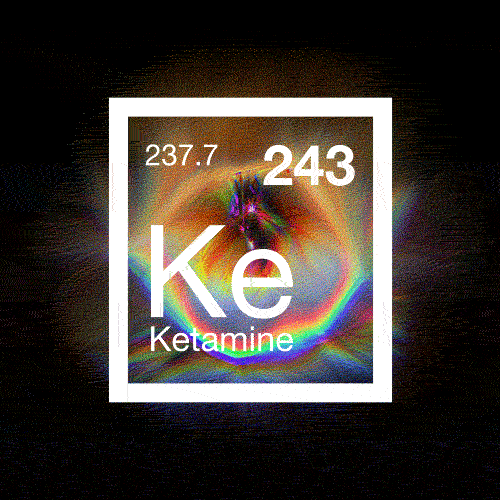Ketamine Dosage: How Much is Right for You?

Ketamine Dosage
Determining the right dosage of ketamine is crucial for effective treatment and ensuring safety. Whether you’re using ketamine for depression, anxiety, or chronic pain, understanding how much to take can help you achieve the best results while minimizing potential risks. This guide explores ketamine dosing guidelines, factors affecting dosage, and how to work with your healthcare provider to find the right amount for you.
General Dosage Guidelines
Initial Dosage:
- Description: The initial dosage of ketamine depends on the condition being treated and the form of administration. For intravenous (IV) ketamine, the typical starting dose ranges from 0.5 to 1 mg/kg, administered over a 40-minute period. Learn more about IV ketamine dosing.
- Tip: Dosage may vary based on individual response and specific treatment protocols.
Maintenance Dosage:
- Description: After the initial dose, maintenance dosages are adjusted based on the patient’s response and needs. For depression, maintenance treatments are usually administered once a week or bi-weekly. Read more on ketamine maintenance.
- Tip: Regular follow-ups with your healthcare provider help determine the optimal maintenance schedule.
Factors Affecting Ketamine Dosage
Condition Being Treated:
- Description: The dosage of ketamine can vary depending on whether it is used for depression, anxiety, or chronic pain. Each condition may require different dosing strategies for effective treatment. Learn more about ketamine’s uses.
- Tip: Work with your healthcare provider to tailor the dosage based on your specific condition.
Patient’s Health and History:
- Description: Factors such as body weight, metabolism, and overall health can influence how ketamine is dosed. Patients with certain medical conditions or those taking other medications may require adjusted dosages. Read about individual dosing considerations.
- Tip: Provide your healthcare provider with a complete medical history to ensure the dosage is appropriate for you.
Form of Administration:
- Description: Different forms of ketamine, such as IV infusion, intranasal spray (esketamine), or oral tablets, have varying dosing requirements. Each method has its own dosing guidelines and effectiveness. Learn more about different forms.
- Tip: Follow the specific dosing instructions provided for the form of ketamine you are using.
Monitoring and Adjustments
Regular Monitoring:
- Description: Monitoring is essential to ensure that the ketamine dosage is effective and safe. Your healthcare provider will assess your response to treatment and make adjustments as needed. Read more about monitoring.
- Tip: Attend all scheduled appointments and report any changes in symptoms or side effects.
Adjusting Dosage:
- Description: Based on your response to ketamine, your dosage may be adjusted over time. It is important to follow your provider’s recommendations and not make any changes to your dosage without their guidance. Learn about dosage adjustments.
- Tip: Communicate openly with your provider about how you’re feeling and any concerns you may have.
Conclusion
Finding the right dosage of ketamine is a key aspect of effective treatment. By understanding general guidelines, factors influencing dosage, and the importance of monitoring, you can work with your healthcare provider to ensure a safe and effective treatment plan.
Use promo code buyket to receive 10% off your first order.
Shop now for ketamine products and services at Buy Ketamine Canada.






